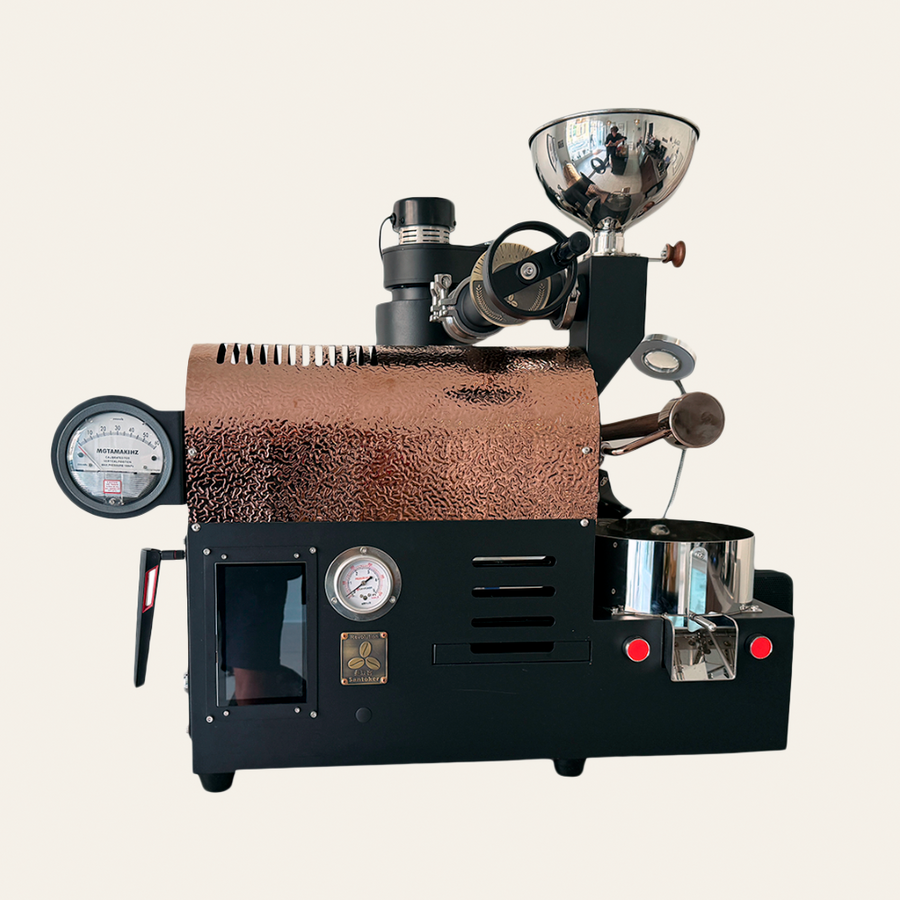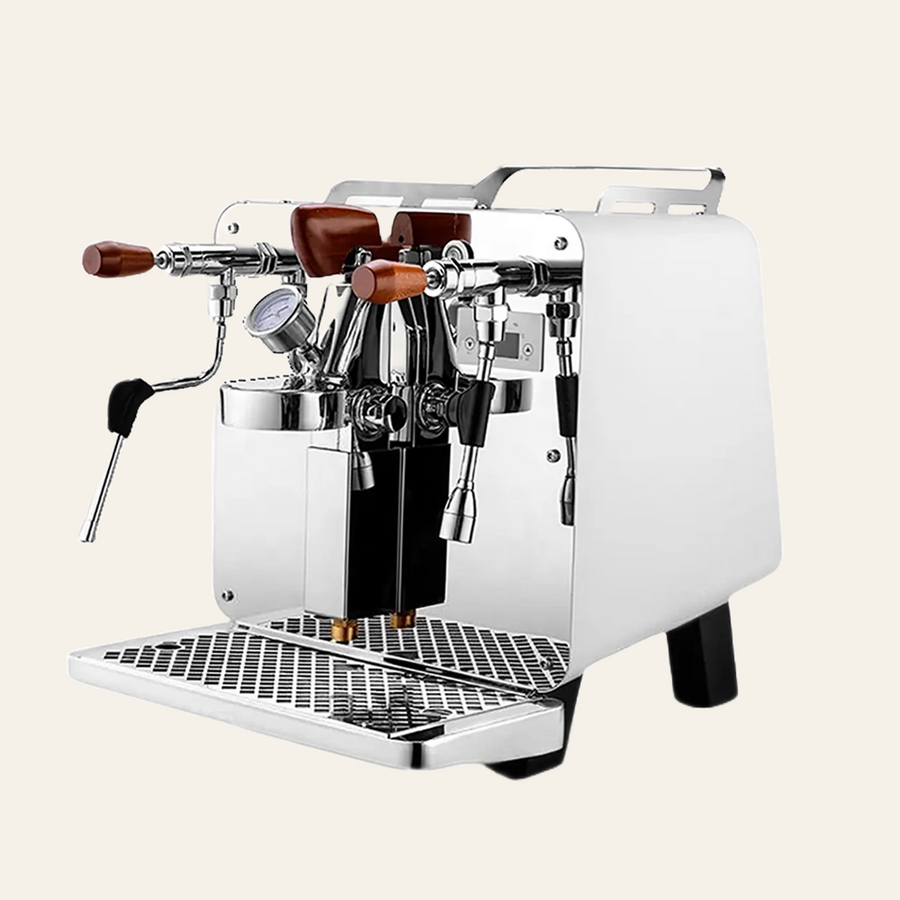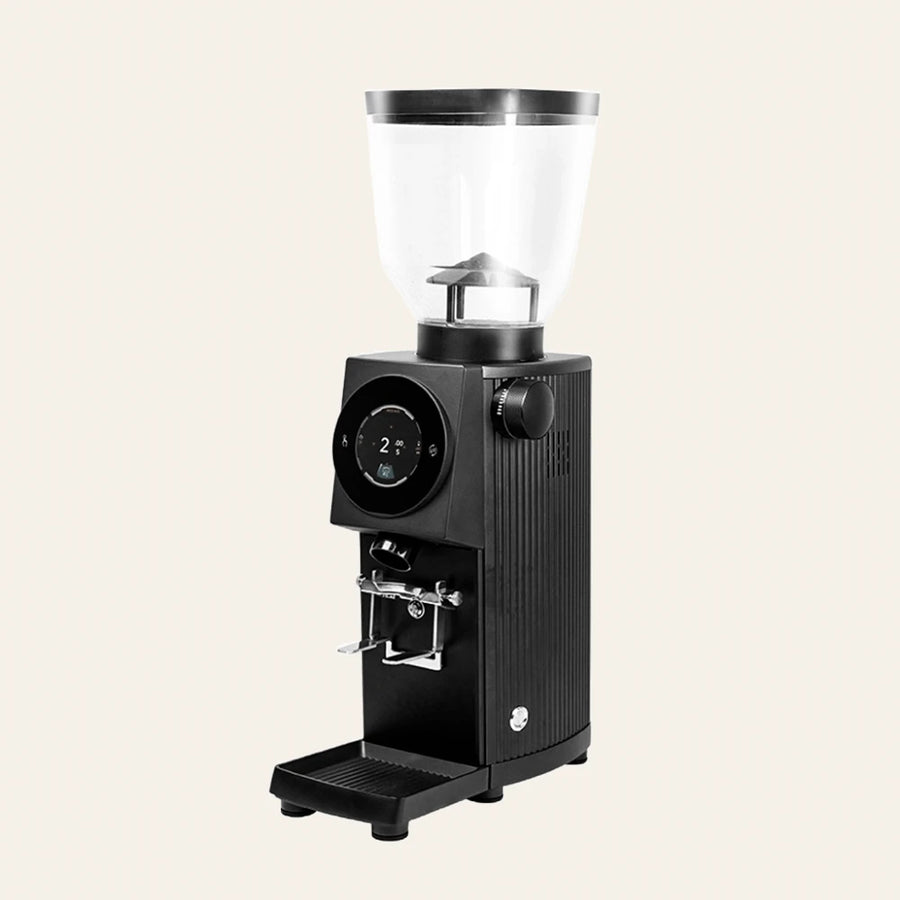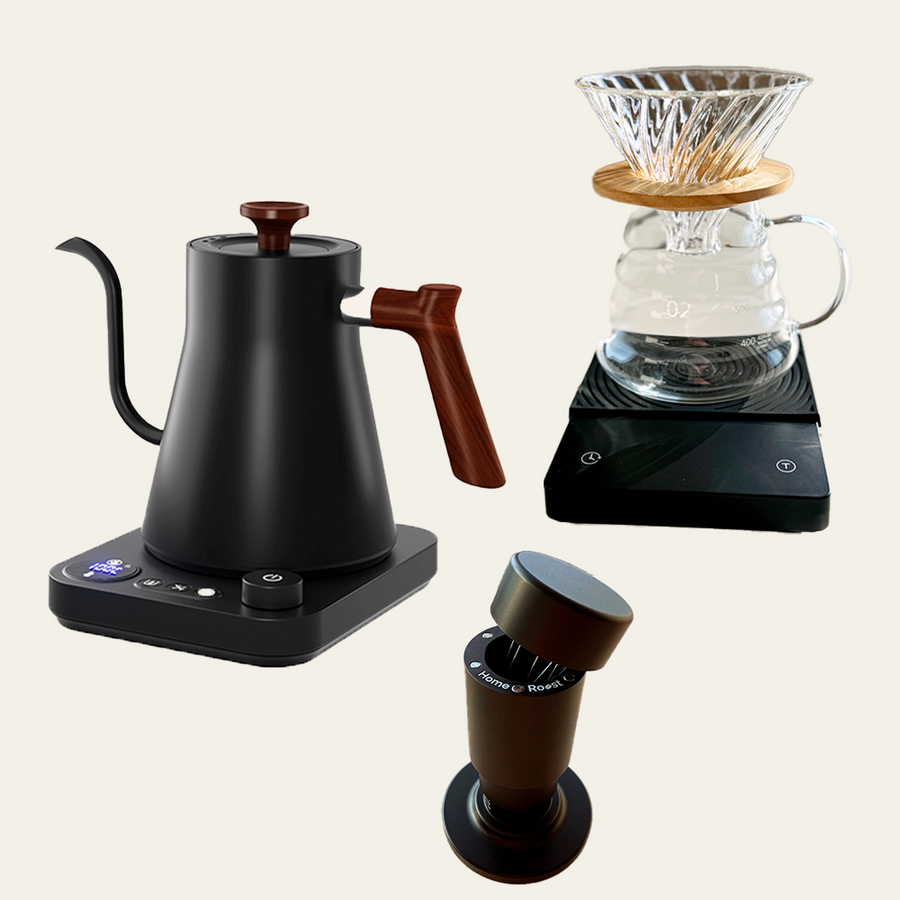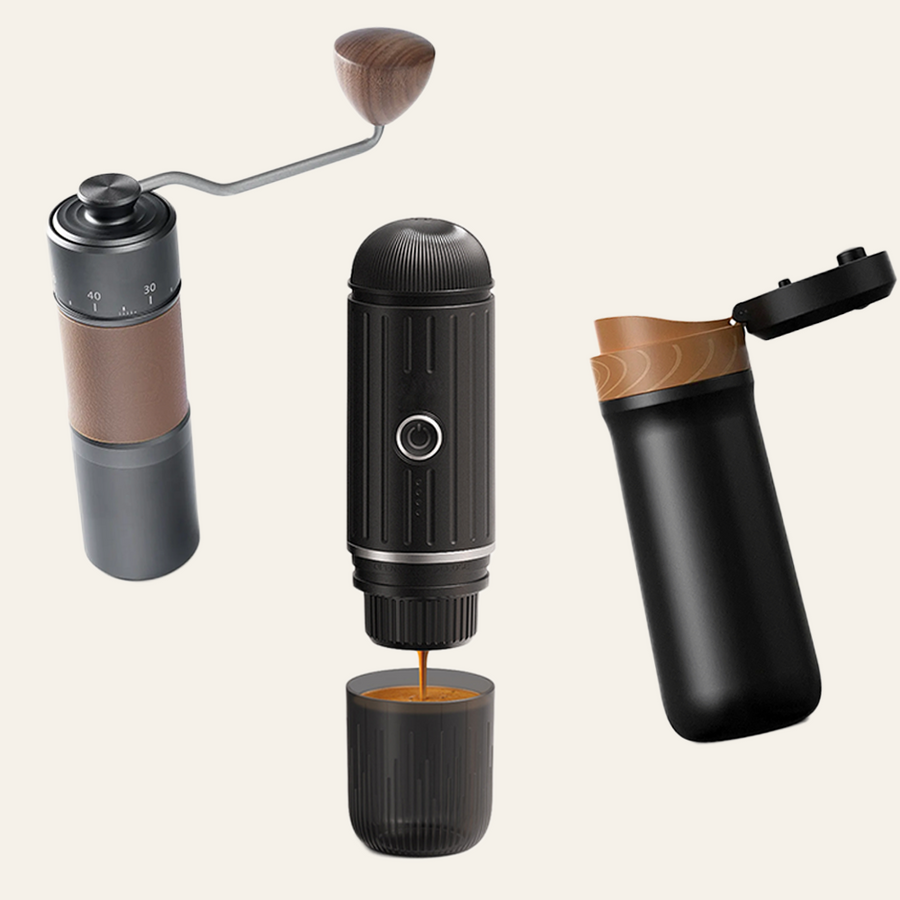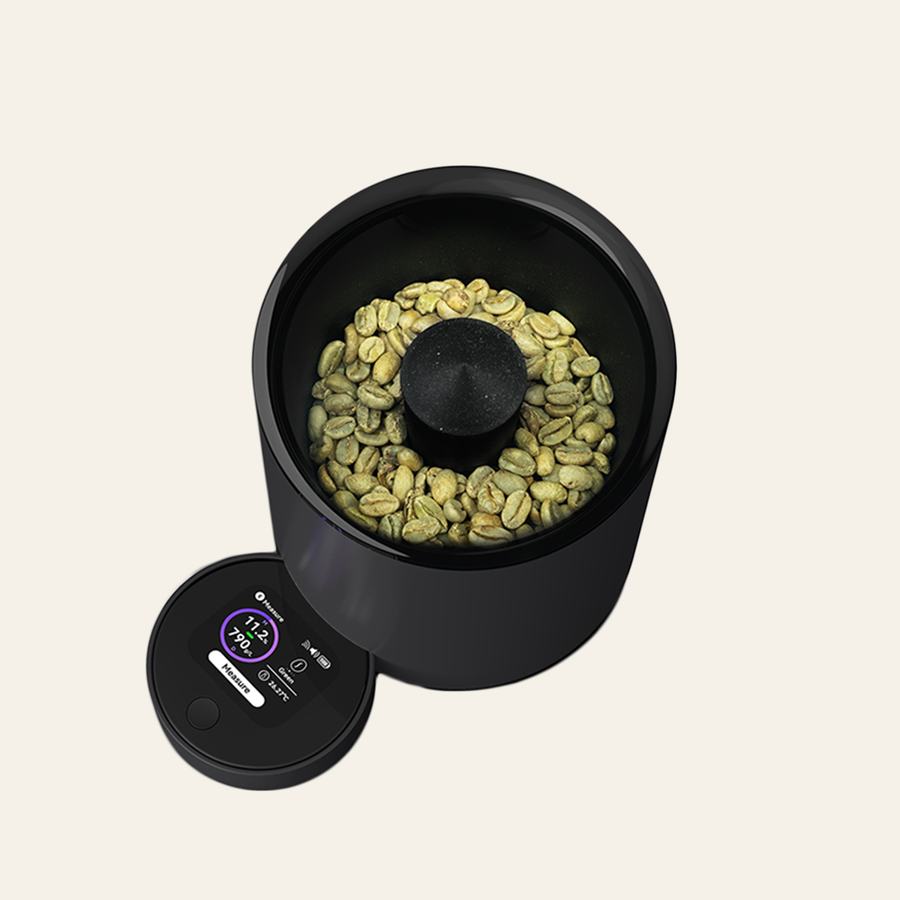
Espresso machines Technology
Get insights into the technical details behind espresso machines. Read about different pump types, temperature control, heating technologies like thermoblock, as well as the pros and cons of dual boiler and heat exchange systems and find the right machine for your coffee needs.


